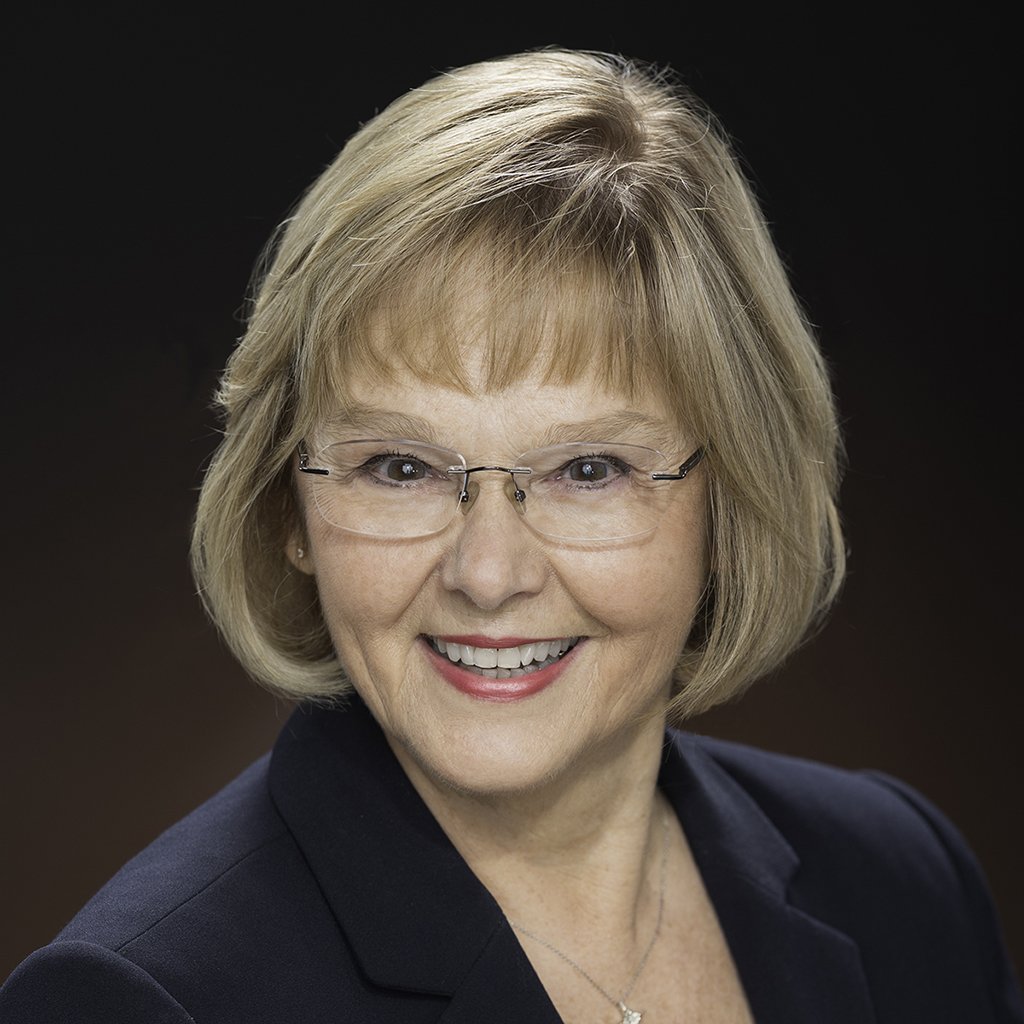Alaska’s Savage River
Inside Denali National Park and Preserve
By Valerie Winans
A Writer for Readers of All Ages
Chapter Ten
Reflections
The bluff at the end of the campground was my favorite. When I was out there all alone I felt an intimate connection with God. I felt as though I could reach out and touch the power of the universe. This gave me a sense of super awareness – there was a very strong connection with my surroundings. I felt a connection to the past and the people who came to this place before me.
Standing on that magical bluff my thoughts take me back to a time when there was a young Athabascan woman sitting by her fire near the bank of Jenny Creek. She was pleased to have the heavy iron pot her mate had been able to get in trade. Although no one from her family ever had any contact with outsiders, her spouse and some others would trade with natives of the south and the west coasts of Alaska who did have contact with Europeans and were thus able to get things like her cooking pot. The subarctic boreal forest in which the Athabascan’s settled is surrounded by mountain ranges which made the interior difficult to penetrate by early explorers. The young couple living on the banks of Jenny Creek are part of a hearty group who learned to adapt to this harsh climate while establishing a rich culture uniquely their own. These people lived mainly near rivers. The rivers were then and continue to be a source of food and travel. In the winter the frozen rivers become roads. In the summer months, this small group will join with others to hunt, fish, and gather, but when the harsh winter months come it is too difficult to provide for large groups, and so they split up and struggle for survival until the warm months of plenty return. Although her life was difficult in these winter months she loved the memory of those nights when the sky was full of light. It seemed to her that the sky came alive with color starting with flowing movement of green and sometimes other colors would emerge in a natural light show of amazing proportions. As she sits by her fire watching the light she dreams of success in hunting, or of meeting up with family and friends in the spring.
Everyone in the group worked hard in this environment in order to get enough food just to stay alive – and they made use of every bit of what they harvested. When her mate killed a caribou, our young native wife would help to skin the animal, and every part of the animal was put to use. She would of course cook the meat for immediate consumption, and some was dried for future use. The bones and antlers were made into tools and weapons. The skin was used as clothing, bedding, and stretched over wood frames for shelter. Sometimes the skin was cut into strips called babiche and used to make snowshoes. This little family survived due to the animals they harvested as well as from other fruits of the land.
Her spouse knew that he was connected to the land and the animals not only physically, but spiritually. Although his belief system was complex, he essentially believed that all living things and some inanimate ones have a spirit. His father had taught him that the spirits of men and animals are connected, and in the past men and animals had the ability to talk with each other. Our hunter knew that relationships between men and animals were a key to survival, and he took care not to offend the spirits of the animals they relied on for food, clothing, and shelter. Some animals had a stronger spirit than others such as the wolf, the bear, the caribou, and especially the wolverine. The spirit of an animal lived on after physical death, and those spirits had power. Our hunter took steps to avoid making the spirit of an animal angry because if he angered the spirit of the animal he would not have luck in capturing the animal in the future. When the leader of this group went hunting he would look for a raven that might help him in his hunt. The raven would sometimes fly toward game, and if the hunter followed the sign he would be lucky in his hunt. His belief was that the ravens did this in order to get their share in what the hunter left behind. Ravens are still plentiful at Savage River Campground, and their raucous calls wake many a sleepy camper.
The harsh environment still causes people to band together as of old for protection and support. Grant Pearson was right – we do achieve our greatest feats when we work together. I left the comfort of my easy chair in a small tourist town and learned that I could meet the challenge of living in a place where the animals are plentiful, wild, and free. I faced up to a moose with my little dog and I am still here to tell the story. Grizzly bears passing through the campground were not uncommon. Lynx roamed like alley cats, and we saw wolves and more often signs of wolves in and around camp. But the animals are only part of the story. It’s the people of the present and the people of the past that have made a mark on our hearts and the hearts of so many others. They are the ones who have provided unforgettable memories of the journey.


